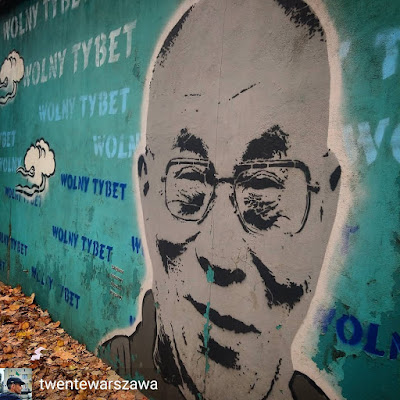One of the building sites we regularly pass when driving to city center. There workers are busy completing a very ambitious project of a new skyscraper, Varso Tower. With a stunning 310 meters a new record will be set once completed.
Varso Tower
Nearly 10,000 cubic meters of concrete and 2.5 thousand tons of reinforcement will be used to solidify the Varso Tower, the highest office building in the European Union. Together with the mast, it will be 310 meters high. The foundation slab is being built on the site of the future complex next to the Central Railway Station in Warsaw.
The Varso complex (the name comes from the Latin name of the capital - Varsovia) is created at the intersection of Al. Jana Pawła II and ul. Chmielna, next to the Central Railway Station in Warsaw. There will be a total of three buildings with heights of 81, 90 and 230 meters. The latter, named Varso Tower, together with an 80-meter mast, will measure a total of 310 meters, making it the highest building in the European Union. It will even dethrone The Shard in London, which is 309,6 m high and it is currently the highest facility in the EU.
The construction of the Varso Tower and the rest of the complex started officially in 2016 and this is how it will look like once completed:
The Varso complex is not just a "tower" itself. In addition, it will be created by two smaller buildings, 81 and 90 meters high. They were designed by the Polish architectural studio Hermanowicz Rewski Architekci. On their lively lowest floors there will be more restaurants and cafes, as well as small shops and service outlets, such as a pharmacy, laundry, drugstore, florist, newsagent or post office. In addition, public passages under the roof will serve Varsovians throughout the year.
All-in-all a very exciting project, I cannot wait to pay a visit to the viewing terrace!
Photos: HB Reavis
Source: onet.pl





























